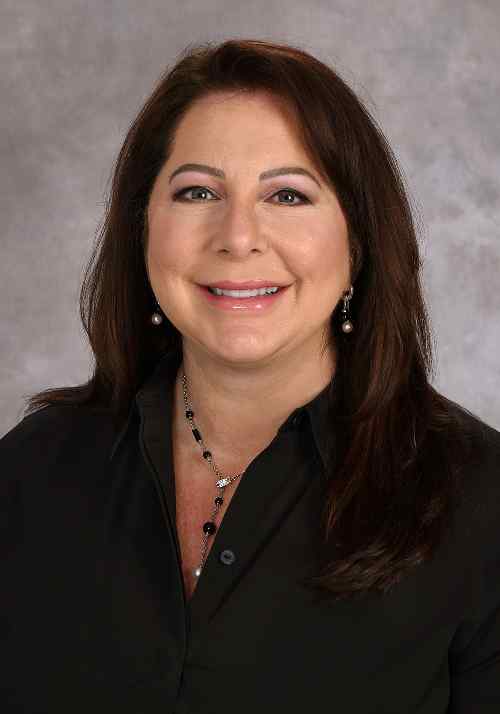Seasoned nurse leaders in a position of oversight on regular patient rounds identify issues more quickly.
Editor’s note: Rhonda Thompson, DNP, MBA, RN, NEA-BC, is the senior vice president of Patient Care Services and chief nursing officer for Phoenix Children’s, one of the nation’s largest pediatric healthcare systems.
In my experience as a nurse leader, I’ve seen hospital medical errors often occur due to poor communication or not recognizing the signs of serious problems before they get worse. For clinicians who care for the tiniest and most fragile patients, there’s no room for missed cues or mistakes.
Based on predictions that most serious safety events could be avoided, a little over a year ago Phoenix Children’s implemented a new nurse leadership program designed to provide an extra layer of protection for pediatric patients and promote overall clinical excellence. So far, it’s been a resounding success.
Phoenix Children’s Clinical Nurse Attending Program—believed to be the only one of its kind among health systems—places seasoned nurse leaders in supervisory consulting roles to help identify and address issues as early as possible.

Rhonda Thompson, DNP, MBA, RN, NEA-BC
Working autonomously from the rest of the clinical staff, these nurses do not have an assigned case load; instead, they are empowered to leverage their years of experience to provide a watchful eye and clinical insight over all patient cases on their unit, supporting bedside nurses and physicians.
Today, Phoenix Children’s has 12 clinical nurse attendings working across all major hospital departments, including the emergency department and neonatal intensive care unit. Since implementing the Clinical Nurse Attending Role—with support from other in-house innovations for patient monitoring at Phoenix Children’s—we have seen zero preventable codes outside of the ICU.
This significant reduction in patient safety events demonstrates an incredible impact on patient care.
I’ve witnessed the practicality of this program, which ensures additional experienced support at the patients’ bedside, where nurses tend to be newer graduates. Having a seasoned nurse leader in a position of oversight on regular patient rounds enables our eagle-eyed clinical nurse attendings to identify issues sooner. Their keen observations have allowed for successful advancements to higher levels of care that keep our patients safer than ever.
How it works
Clinical nurse attendings interpret data and talk to bedside nurses about what they are seeing in the moment, bringing a fresh perspective to meaningful information about the patient’s health. By acting almost as detectives following clues, they can unravel clinical mysteries, making critical connections between worsening symptoms and the need for care escalation before a patient’s condition deteriorates.
Take, for instance, the case of a 3-year-old, whose hypertension had gone undiagnosed since infancy until one of our clinical nurse attendings caught it. Or the teen kidney transplant patient who recovered from post-surgery respiratory failure thanks to the advocacy efforts of a clinical nurse attending.
Through this program, we’ve uncovered a new pathway to improved health outcomes. We’ve learned that clinical nurse attendings can make critical connections and bridge gaps in care while also serving as crucial liaisons between physicians and other nursing staff.
And while the impact on patient safety is our top priority, I’ve also seen the positive effects this program has had on our staff. Veteran nurses are given a chance to share their experience and insights with the next generation of clinicians and caretakers, while younger nurses benefit from the empowering hands-on mentorship of professionals who were once in their position.
As a career nurse, I’m proud of the life-saving interventions and measurable results we’ve achieved since enacting this initiative—especially when those critical saves happen for NICU patients who literally can’t speak for themselves.
The Clinical Nurse Attending Program has been invaluable since its rollout. This proactive approach to patient care is one that can—and should—be replicated in hospitals and health systems across the country and globe.
Care to share your view? HealthLeaders accepts original thought leadership articles from healthcare industry leaders in active executive roles at payer and provider organizations. These may include case studies, research, and guest editorials. We neither accept payment nor offer compensation for contributed content. Send questions and submissions to Erika Randall, content manager, erandall@healthleadersmedia.com.
Photo credit: BCFC / Shutterstock.com
